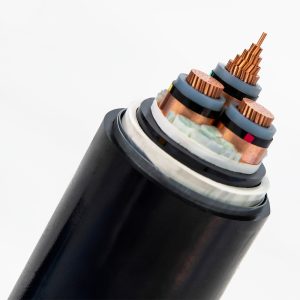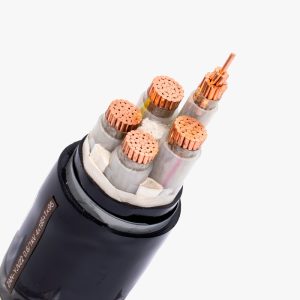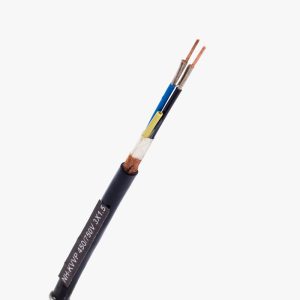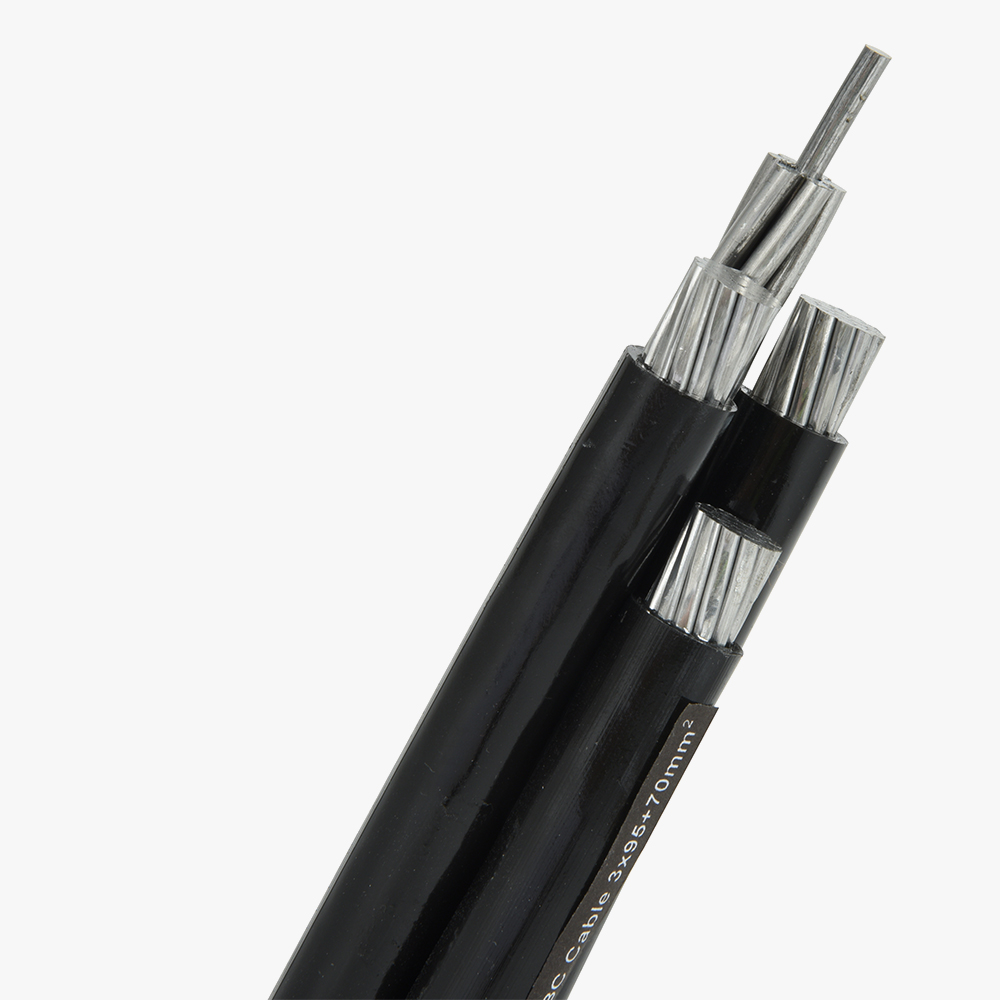What are Flame-Retardant or Fire-Resistant Cables?
Flame-retardant and fire-resistant cables are crucial components for enhancing safety in buildings, industrial settings, and transportation systems. These cables are designed to limit the spread of fire or maintain functionality during a fire. Flame-retardant cables prevent the spread of flames along the cable’s length, while fire-resistant cables ensure that the cable can still operate in a fire, allowing electrical circuits to remain intact for a limited period.


When Should Flame-Retardant Cables be Used?
Flame-retardant cables should be used in environments where the risk of fire is present, but continuous electrical operation during a fire is not critical. They are ideal for use in commercial and residential buildings, as well as non-essential electrical circuits where preventing the spread of fire is essential to protect life and property.
When Should Fire-Resistant Cables be Used?
Fire-resistant cables are required in applications where maintaining electrical continuity during a fire is crucial, such as in emergency lighting systems, fire alarm circuits, and control systems. Companies like Prysmian Group offer a range of fire-resistant cables designed to perform under extreme conditions, ensuring safety and system functionality even in hazardous situations.
Keep reading to discover the detailed differences between these two types of cables and how to choose the right one for your needs.
The Structural Characteristics of Flame-Retardant Cables
Flame-retardant cables are specifically engineered to prevent the spread of fire along their length. The outer sheath of flame-retardant cables is typically made from materials like PVC or halogen-free compounds, which are treated with flame-retardant chemicals. These chemicals slow down the combustion process, reducing the risk of fire spreading to other areas. However, flame-retardant cables are not designed to maintain their performance in a fire, as their primary function is to stop the flames from spreading along the cable. These cables are commonly used in areas with lower fire-risk concerns but where fire prevention is still essential.

The Structural Characteristics of Fire-Resistant Cables
Fire-resistant cables are constructed with materials designed to maintain electrical integrity and performance even in high temperatures. Unlike flame-retardant cables, fire-resistant cables use special fire-resistant insulation, typically made of mica or other heat-resistant materials, to ensure that the cable can still function during a fire. These cables are designed for use in critical systems, such as emergency circuits, where it is essential for the cables to remain operational, providing continuous power or signal transmission even when exposed to extreme heat. Fire-resistant cables are generally more expensive than flame-retardant cables, but their ability to function in a fire makes them invaluable in high-risk environments.

What’s the Best Cable to Use in Fire Conditions?
In fire-prone or emergency situations, fire-resistant cables are the best option. These cables are specifically engineered to maintain their functionality during a fire, making them essential for systems like fire alarms, emergency lights, and evacuation systems. Flame-retardant cables, on the other hand, are more suitable for general applications where fire resistance is needed to prevent flame spread but continued operation is not critical.
Installation of Flame-Retardant Cables
Installing flame-retardant cables requires careful consideration of the environment and the specific fire risks. These cables should be installed in places where the threat of a fire is present but where continued operation during a fire is not necessary. It’s essential to ensure that the cables are installed with proper spacing to allow for effective fire suppression. Typically, flame-retardant cables are laid within protective conduits or trays that help prevent the spread of flames to adjacent areas. Proper sealing at cable entry and exit points also plays a critical role in ensuring flame retardancy is maintained throughout the cable’s lifespan.
Installation of Fire-Resistant Cables
When installing fire-resistant cables, the primary concern is ensuring that the cables maintain their function during a fire. These cables should be installed in fire-rated conduits or ducts and, where necessary, reinforced with additional protection such as fireproof coatings. It is also important to ensure that the cables are connected to systems that can support their operation under fire conditions, such as fire-rated junction boxes or enclosures. Fire-resistant cables should be tested for compliance with relevant fire standards to ensure they perform as expected in an emergency.
Difference Between Flame Retardant and Fire-Resistant Cables
Flame-retardant cables stop the spread of fire along their length, whereas fire-resistant cables are designed to maintain electrical functionality during a fire, ensuring critical systems remain operational.




